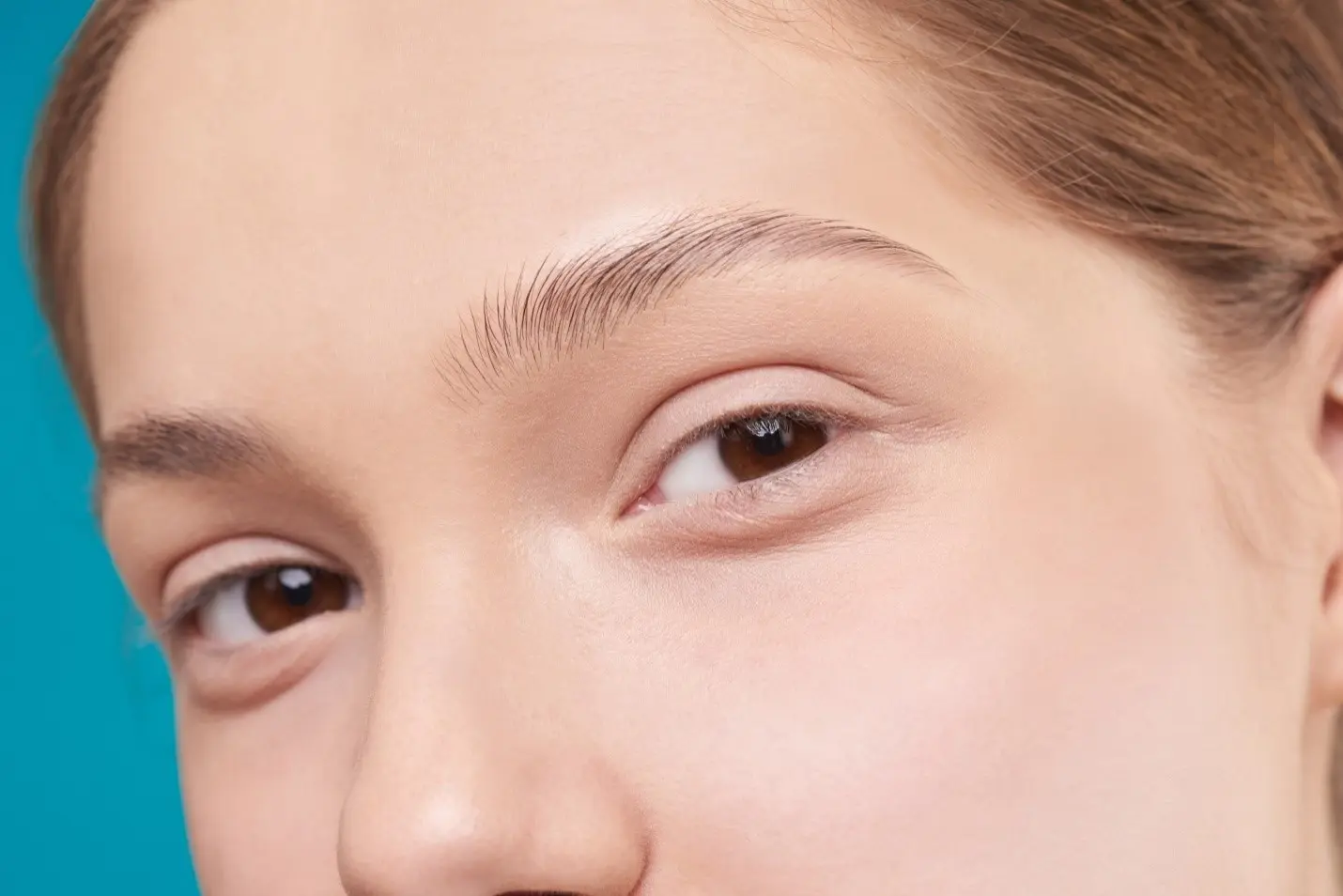
Dermatology is a branch of medical sciences that has, in the recent few years, taken numerous leaps of success. It deals with issues pertaining to one's skin, hair, and nails – and in the past few decades, with the use of the right technology and thorough research, dermatology has truly evolved.
Today, dermatologists have now found solutions to just about any problem you might face with your skin, hair, and nails. In fact, not just problems, dermatology can now help you enhance your appearance and improve your looks – and we have a name for this branch of dermatology: cosmetic dermatology.
There are two major branches of dermatology: medical and cosmetic dermatology. Medical dermatology helps people deal with diseases and issues related to their skin, hair, and nails. On the other hand, cosmetic dermatology is a specialized field that focuses on improving the appearance of the skin and hair.
Cosmetic dermatologists make use of numerous treatment methods to help their clients enhance their looks. Today, we are talking about dermaplaning – an extremely popular cosmetic procedure that has helped numerous people overcome their problems with their skin and improve their appearance.
What is Dermaplaning?
Dermaplaning isa cosmetic procedure that helps enhance the appearance of the skin. It is a minimally invasive skin treatment that involves using special instruments, such as an exfoliator blade, to skim and shave away the dead skin cells and hair present in the uppermost layers of your skin.
The treatment helps reduce the appearance of acne scars and other skin imperfections to give you new, undamaged, and better skin than before. It can be used for all skin types and makes your skin appear younger with time – however, unlike popular belief, it doesn't stop the aging process. Dermaplaning is also called micro planing and blading.
Who Can Get Dermaplaning?
Dermaplaning is a suitable skin treatment option for people of all genders and skin types as mentioned earlier. People with dull, dry, and wrinkled skin can opt for the procedure to improve their appearance. Besides that, the procedure is also great for people with sun-damaged skin or with evident acne scars on their faces.
Other than that, the procedure is also popularly used to help fix actinic keratosis, which is the presence of scaly patches on the skin that can lead to skin cancer. Some people also get dermaplaning done to remove peach fuzz, aka, the soft light hair on your skin – but it’s important to note this treatment is a temporary fix for this, and the hair eventually grows back.
That said, there are certain conditions when dermaplaning might not be suitable for you. Since dermaplaning is minimally invasive, even people as young as age 15 or 16 can get the treatment, but at such an early age, it is advised not to try it.
However, anyone under this age should not opt for the treatment method. Other than that, you should be more considerate before opting for dermaplaning if you have any of the following conditions:
- Eczema
- Active acne
- Cold sore outbreaks
- Moles, skin tags, freckles, and other kinds of skin growths
- Psoriasis
- Skin rashes (such as contact dermatitis)
- Skin burns (such as after radiation therapy)
How Does Dermaplaning Really Work?
Dermaplaning can be performed by cosmetic dermatologists, cosmetologists, and plastic surgeons. The procedure usually takes place in the doctor’s office – however, some people now also do it themselves at their home using the dermaplaning kit, which is not recommended at all.
Before the procedure, your healthcare provider will discuss your goals for this procedure and examine your skin to ensure it's healthy and ready for the procedure.
During the Procedure
Since dermaplaning is short and mildly invasive, which means it's not painful and the procedure doesn’t involve general anesthesia. However, your healthcare provider may apply numbing cream or spray on your face about 30 minutes before the procedure to minimize the discomfort.
Dermaplaning is done using a "dermatome," a special instrument that looks similar to an electric razor and helps remove dead skin cells and hair from the skin. This tool has a small blade that moves back and forth across the skin; it doesn't cut the skin but helps have off the topmost layers of your skin. You might feel a little stinging or scratching on your skin, but typically this treatment isn’t painful.
Once the dermatome finishes, your healthcare provider will apply a soothing gel or ointment on your face to reduce the irritation, swelling, and redness left after the procedure. The procedure only lasts a few minutes to a maximum of about an hour and a half. However, the procedure's length depends on the area you are covering with the treatment.
Are There Any Side Effects of Dermaplaning?
Typically, after the procedure, the patient’s skin is likely to feel swollen, red, and slightly tender - in which case healthcare providers recommend over-the-counter medications to help with the discomfort. This is a common aftermath of the surgery, nothing to be scared of, and it hardly lasts for longer than a week.
However, in rare cases, a person might develop scarrings, such as hypertrophic (raised) scars or keloids, which is concerning, and the individual is advised to rush to the doctor to treat it ASAP. In some much rarer cases, a client also develops an infection that needs to be treated through medication.
Is Dermaplaning Worth It?
Dermaplaning is truly a treatment method from the future – a few decades ago, people could not even imagine a simple and easy dermatological treatment would be able to help them completely transform their skin game! However, before you book your appointment for dermaplaning, it's important to consider certain factors, including your own health and skin condition, your budget, and the cosmetic dermatologist you pick.
Dermaplaning is not covered by insurance, and the cost varies from area to area, which is why it is important to be upfront with the charges before booking your appointment. More importantly, your dermatologist and their experience with the procedure are also important factors to consider. Hence, find the right cosmetic dermatologist here at Suncoast Skin, consult, and decide if dermaplaning is for you!
SunCoast Skin Solutions Dermatology offices are located in Tampa / Hillsborough, St. Pete / Pinellas County, Brandon, Lutz, Winter Haven, Largo, Hudson, Leesburg, Riverview, Brooksville, Clearwater, Ocala, Palm Harbor, Daytona Beach, Sarasota, Punta Gorda, Seminole, Florida. Contact us at 1-844-786-3376 or click here.

Recent Comments